
Beijing ZEHO Waterfront Ecological Environment Treatment Co., Ltd. was established in 1997 and is positioned as an "urban waterfront space operator". It is a national high-tech enterprise and a Beijing enterprise technology center.The company has been deeply engaged in the field of ecological environment for 27 years, with the concept of sustainable development at its core and guided by Nature-based Solutions (NbS). It has established three major business segments: ecological environment governance, ecological water infrastructure, and urban waterfront spaces, offering customers a systematic solution encompassing "technology + design + construction + operation + business", and is committed to facilitating sustainable development between humans and nature through intelligent ecology.
Learn more >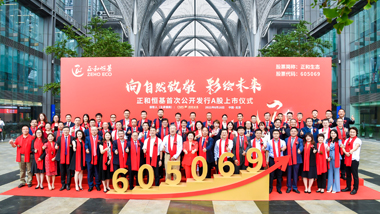
With 27 years of experience in the ecological environment field, ZEHO ECO upholds the concept of sustainable development as its core and is guided by Nature-based Solutions.
Learn more >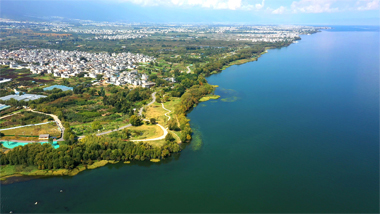
We dived deep into the eco-environment industry and built up a service system covering the whole industry chain of design, build, intelligence, investment, and operation.
Learn more >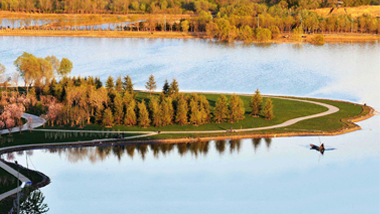

We stimulate the vitality of organizations and individuals through professional training system and career development path, and help employees and enterprises grow together.
Learn more >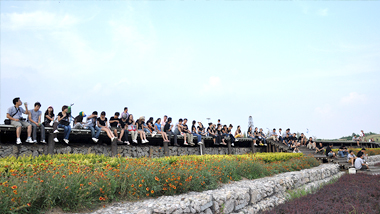
If you have any questions about our business, products, technologies and cooperation, please contact us through the following channels.
Learn more >

ECOLOGICAL SOLUTIONS
Nature-based Solutions (NbS) are action plans inspired and supported by nature to protect, sustainable use and repair natural or changed ecosystems. They are cost effective and have both environmental, social and economic benefits, to effectively and adaptively meet the challenges facing today’s society and improve biodiversity, support ecosystem services and provide human well-being.
As a practitioner of the solution concept based on nature, ZEHO ECO adopts the design method of natural succession and low intervention to restore the natural habitat to the greatest extent, build the ecosystem, and protect biodiversity.
An important part of sustainable development is the eco-cycle model. The eco-cycle model puts forward suggestions for the comprehensive treatment of energy, waste, wastewater and materials. The major challenge of the eco-cycle is to reduce greenhouse gas emissions, manage freshwater sustainably, link water, energy and waste, improve recycling and recycling, and form a large cycle between industrial, agricultural and urban areas.
The significance of Resource Management Center (RMC) is to establish different energy facilities in the same place, such as waste and biomass based thermal power plants, sewage treatment plants, biogas production and material recovery. It is not only conducive to the collaborative integration between facilities to achieve efficient utilization, but also will play an intuitive demonstration and display role.
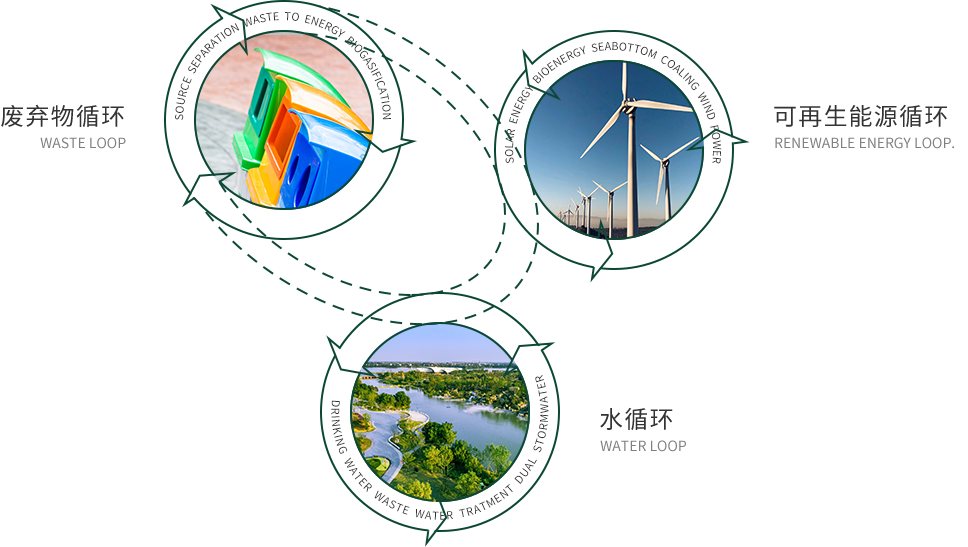
Ecological engineering technology is a suitable technology applied to embankment stability and erosion control, which can ensure river safety and reshape ecological characteristics. The ecological engineering technology uses local materials and natural materials as the source of embankment stability and landscaping.
ZEHO uses the pseudo-natural ecological engineering method to solve the problems in the ecological environment, considers the natural requirements of the ecosystem, respects the natural attributes of the environmental subsystem, further develops the life system, allows animals and plants to reproduce and grow in the artificially disturbed space, and naturally maintains balance through dynamic self-control to realize the sustainability of the project.
1)Restore the horizontal and vertical connectivity of the river;
2)Restore the adaptability of the river based on seasonal flow changes;
3)Increase habitat and biodiversity and ensure ecosystem integrity;
4)Protect vegetation and prevent water and soil loss;
5)Restore the circulation of nutrients and improve water quality;
6)Good adaptability to natural curvature and rivers with different slopes and velocities;
7)Maintain the natural growth and plant succession of rivers;
1)Ecological landscape and aesthetic value;
2)Local materials are used to reduce the construction cost;
3)Reduce carbon emissions during construction;
4)Lower post maintenance costs;
5)Recreation and cultural tourism value;
6)Scientific research and educational value;
7)Carbon sequestration benefit;